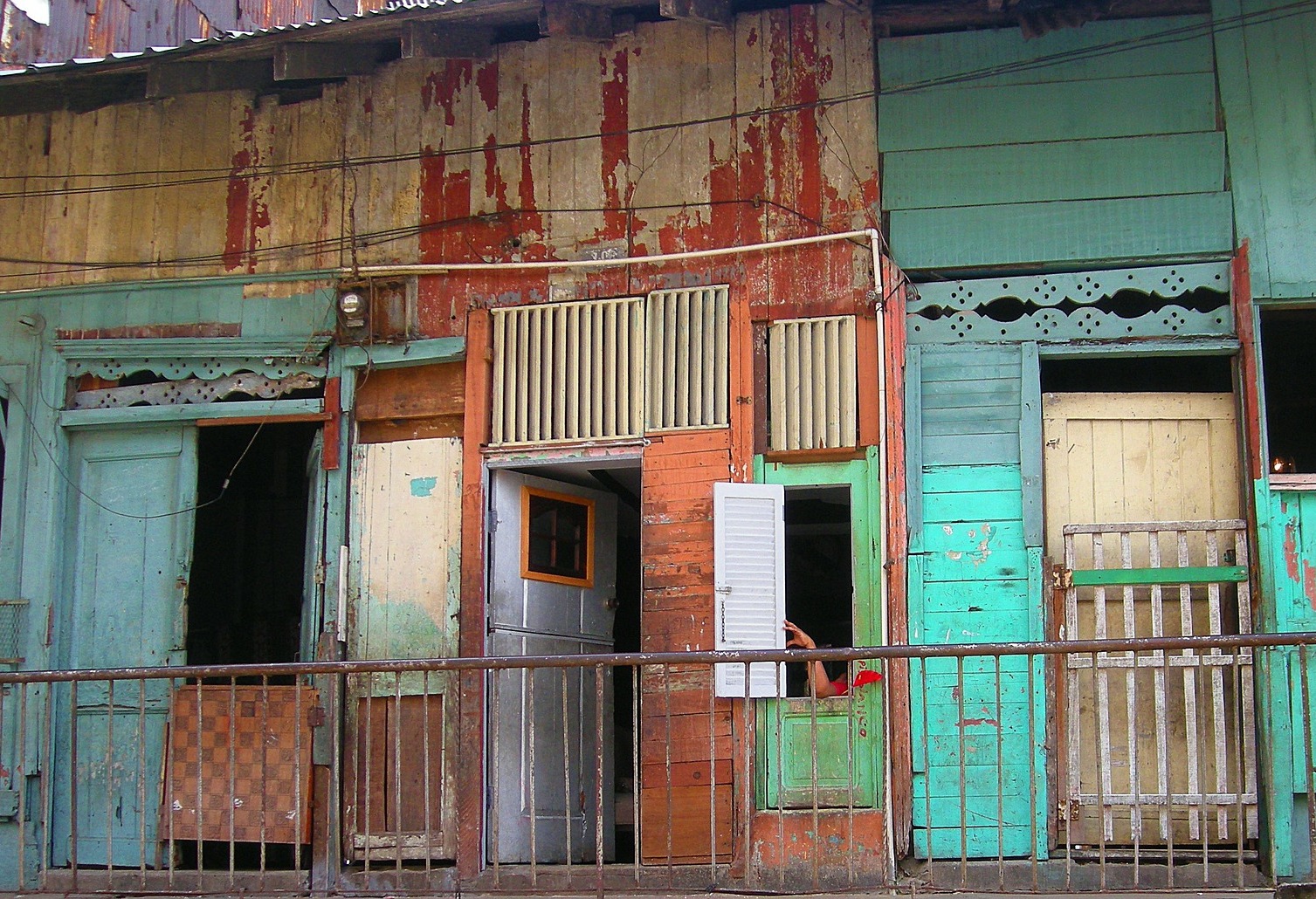Global inequality is as marked as it was in the early 20th century pinnacle of western imperialism after the capture by the super-rich of an increasing share of the world’s income, a new report has shown. By Larry Elliott for The Guardian.
A study by a group of economists including Thomas Piketty and Emmanuel Saez said 30 years of the globalisation of trade and finance had widened the gap between rich and poor.
Although the World Inequality report found inequalities between nations had declined since the end of the cold war, it said inequality had increased within most countries and had become more pronounced as a result of the global pandemic of the past two years.
The wealth gap between rich and poor was even wider than the income divide, the report added, with the boom in asset prices last year resulting in the sharpest increase in billionaires’ wealth on record.
The research showed the richest 10% of the global population currently taking 52% of global income, compared with an 8% share for the poorest half. On average, an individual from the top 10% of the global income distribution earned $122,100 (£92,150) a year, whereas an individual from the poorest half of the global income distribution makes $3,920 a year.
“Global inequalities seem to be about as great today as they were at the peak of western imperialism in the early 20th century,” the report said. “Indeed, the share of income presently captured by the poorest half of the world’s people is about half what it was in 1820, before the great divergence between western countries and their colonies.”
The report – the work of more than 100 researchers from around the world – found income inequality varied between regions, with the Middle East and north Africa (MENA) the most unequal and Europe the least unequal. In Europe, the top 10% income share is about 36%, whereas in MENA it reaches 58%.
While some countries – including the US, Russia and India – had experienced “spectacular increases” in inequality, other parts of the world, such as European countries and China, had reported relatively modest rises.
Gender income inequality remained high despite a small narrowing of the gap between men and women over the past 30 years. Women’s share of income stood at 30% in 1990 and had risen to nearly 35% by 2020. The report, the work of the World Inequality Lab, which is hosted jointly by the Paris School of Economics and the University of Berkeley, California, said progress in tackling gender inequality had been “very slow” at a global level.
The wealth of the 50 richest people on earth had increased by 9% a year between 1995 and 2001, with the wealth of the richest 500 rising by 7% a year. Average wealth grew by 3.2% over the same period. Since 1995 the top 1% took 38% of all additional wealth, whereas the bottom 50% captured just 2% of it.
Lucas Chancel, the lead author of the report, said: “The Covid crisis has exacerbated inequalities between the very wealthy and the rest of the population. Yet, in rich countries, government intervention prevented a massive rise in poverty, this was not the case in poor countries.
“If there is one lesson to be learned from the global investigation carried out in this report, it is that inequality is always political choice.”
Original source: The Guardian
Image credit: PublicDomainPictures, pixabay.com

